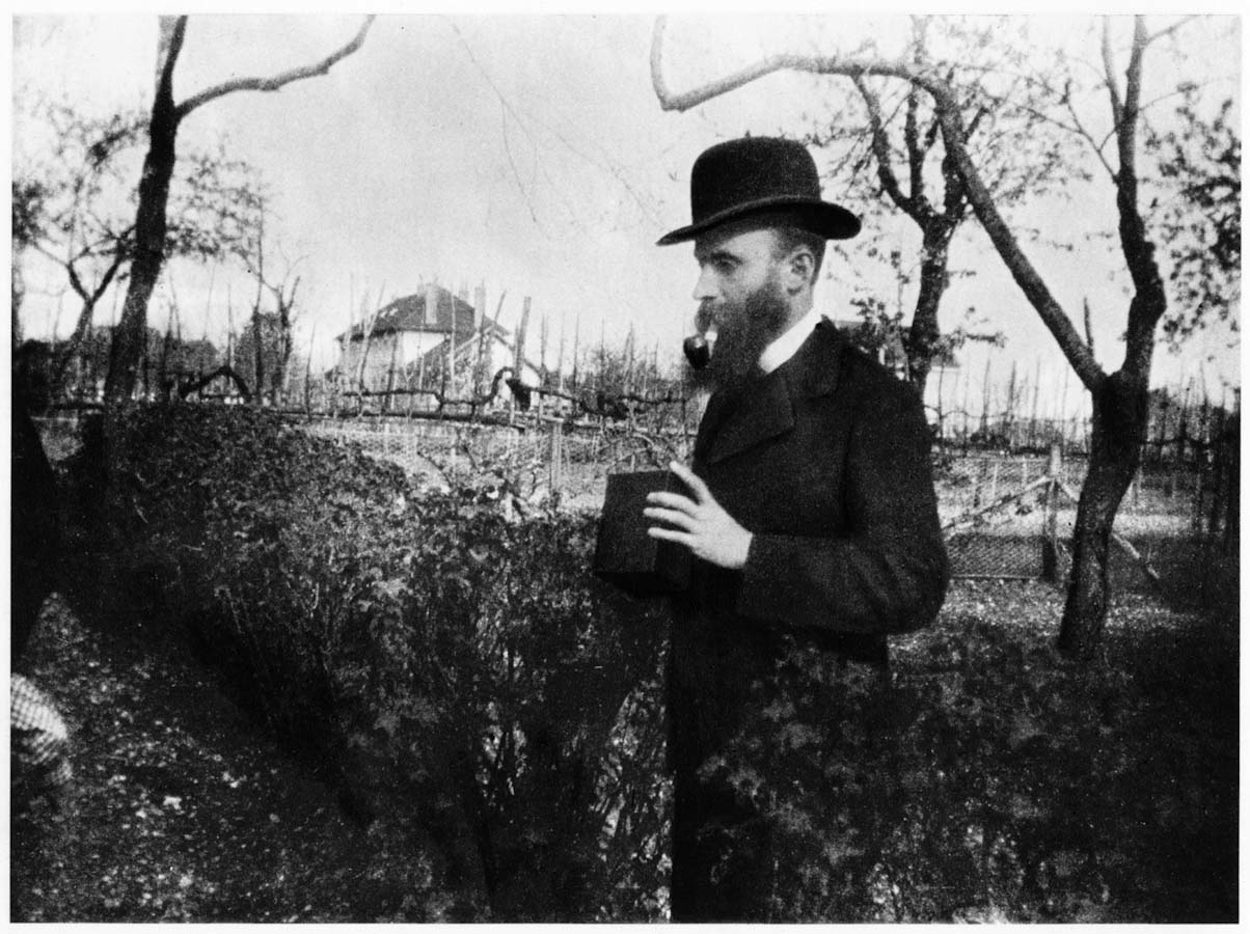We continue presenting the masterpieces from the exhibition "Bonnard/Vuillard. The collection of Zeïneb and Jean-Pierre Marcie-Rivière" held at the Musée Bonnard. Until September 17th the exhibition will present the paintings and drawings from the private collection of Zeïneb & Jean-Pierre Marcie-Rivière which is now owned by the Musée d’Orsay. Enjoy! :)
Misia appeared in Vuillard’s works for the first time in 1893. She was the first woman to share the painter’s private life. Vuillard secretly cherished his passion for this young Polish aristocrat who became a muse for several artists. Respectful and discreet, Vuillard never declared his love for Misia but her presence strongly influenced his work. His paintings become sensual and honest, visibly inspired by Misia’s refinement. Thanks to this young woman, Vuillard experiences an authentic artistic shock.
This scene takes place in a villa above Cannes owned by Misia and her husband, Thadée Natanson (who, with his brother, founded the magazine La Revue Blanche) . It’s a period of change in Misia’s love life because she’s in the middle of separating from her husband. Misia is rarely portrayed alone, but here the attention is focused on this sitting woman with her head leaning, lost in her thoughts. The white of her dress brightens the painting and makes her appear as a muse. Her face is presented with a vague softness. This modest painting suggests the fascination awakened in Vuillard by Misia.
Vuillard makes this a moment of idleness permeated with profound sensuality. The painter abandons confined interiors characteristic for his Les Nabis period. He relies on a direct observation of his subject, letting the Mediterranean light invade him and model the space.
The window above the right shoulder of the model overlooks the blue shade of the sea.


 Édouard Vuillard
Édouard Vuillard